Sigma 24-70mm f2.8 DG DN Art Lens Review L Mount:
The 24-70mm is one of those must-have lenses for a lot of photographers, and it makes sense, since it covers such a broad range. With just one lens, and especially one with a relatively large fixed maximum aperture, a photographer can cover landscape, street, and even portraiture in many different kind of conditions. So, many manufacturers make zooms in this range, and often times, they are top sellers. One that I was recently able to test was the Sigma 24-70mm f2.8 DG DN Art lens. This comes in Sony E mount or Leica L mount, and being that I’m a Leica guy, I used the L mount version. Here’s what I think of it.
Sigma 24-70mm f2.8 DG DN Art Lens Build Quality:
A lens like the 24-70mm is going to get a lot of use given it’s versatility, so it should be built to handle a lot more abuse. Given that the Sigma 24-70mm f2.8 is an Art lens, it should be especially built to handle pro use. I’m happy to report that the 24-70mm’s build is excellent.
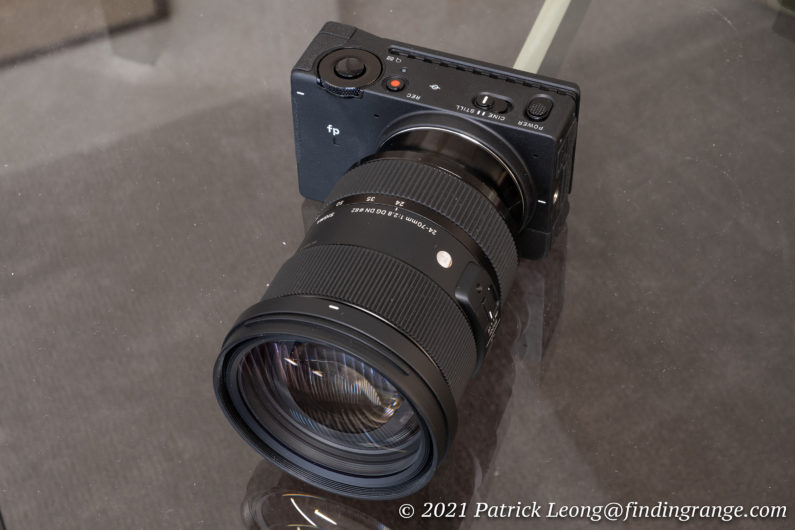
↑ Here’s the 24-70mm f2.8 DG DN Art lens attached to the 61 megapixel Sigma fp L.
It starts out with the 24-70mm f2.8 DG DN Art lens being made of metal, and polycarbonate called TSC (Thermally Stable Composite), which has a comparable level of thermal shrinkage to aluminum meaning it’s resistant to thermal shrinkage or expansion. The result is a lens that is very solid in the hands with no signs of inferior workmanship. There are no loose parts, creaks or rattles. The zoom ring is smooth in operation with good feedback as you rotate it. The manual focus ring is also smooth to operate. In addition, the 24-70mm does come with a brass bayonet mount, and unlike the 28-70mm Contemporary, which only has dust and splash protection applied at the mount, the 24-70mm has it applied throughout the lens. Furthermore, there’s an AFL button, a zoom lock switch that is unlocked by zoom operation, and an AF/MF switch. There is also an oil and water repellent coating applied to the front element.
As for ergonomics and size, the 24-70mm is a lens specifically designed for mirrorless. In other words, this isn’t just the DSLR version that has been slightly modified to be compatible with mirrorless. This has been redesigned, so it’s even about 200 g lighter than the DSLR version. With that said, this is a 24-70mm pro lens with the build, autofocus, and optics to match, so I wouldn’t call this lens compact. It measures 3.46 x 4.84″ / 87.8 x 122.9 mm, and weighs 1.84 lb / 835 g. It uses an 82mm filter thread. With that said, any lens with similar features will be close to the Sigma 24-70mm in size, so it’s not like this should be a shocker. It’s physics, so it’s definitely not a fault of Sigma’s. For me, I’ll use any lens that’ll get the job done, and this lens definitely has the ability to produce some superb images.

↑ This photo is to just give you an idea of the overall size of the 24-70mm. Starting on the left: Leica Vario-Elmarit-SL 24-90mm f2.8-4 ASPH, Sigma 24-70mm f2.8 DG DN Art, APO-Summicron-SL 90mm f2 ASPH, and Sigma 35mm f1.4 DG DN Art.
If you’re looking for something more compact and lighter, you might want to take a look at the Sigma 28-70mm f2.8 DG DN Contemporary lens, which I reviewed here. It’s a Contemporary lens, so it’s going to be lighter, more compact, and just easier to use for more general photography. It measures 2.8 x 4″ / 72.2 x 101.5 mm, and weighs just 16.6 oz / 470 g. It also has a 67mm filter thread. However, you will be missing some features. For instance, the 24-70mm does have better weather sealing.
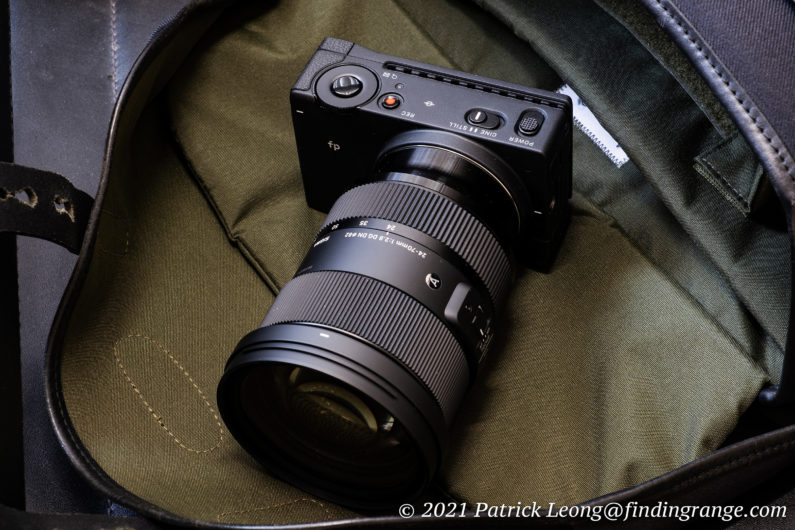
↑ Here’s another shot of the 24-70mm with the fp L.
Overall, I had a great experience with the 28-70mm, and it is noticeably more compact and lighter. The image quality is also excellent. After using both lenses, I still don’t think I really have a preference. I definitely like a lighter and more compact lens; however, I know it doesn’t seem like much but at least for me, there were times when I felt like I missed the extra 4mm of focal length width that I had with the 24-70mm. It could also be that I’m just not a fan of the 28mm’s in general as well haha. I did seem to use the 24-70mm f2.8 DG DN Art lens more. The decision is really up to you; both lenses are great.
So, getting back to the 24-70mm, it also comes with a lens hood and a zippered case. In addition to helping with flare, the lens hood is added protection for the front element against minor bumps. I have a tendency to not bring along lens hoods, if I feel like I don’t need them, and in this case, I felt confident this lens wouldn’t have real issues with flare.
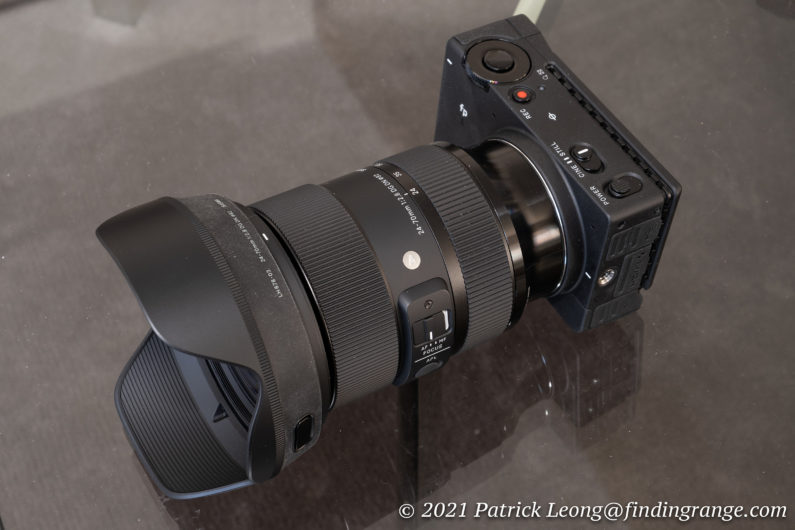
↑ This is the lens hood that comes with the 24-70mm f2.8.
Sigma 24-70mm f2.8 DG DN Art Lens Autofocus:
Let’s now talk about the autofocus. The 24-70mm f2.8 DG DN Art lens uses a stepping motor that results in an autofocus system that is fast, reliable, accurate and essentially silent. In other words, the autofocus is extremely competent. I was using the lens mainly with the Sigma fp L but I also was able to try it out with the Panasonic S1 as well.
I’m happy to say the lens also worked extremely well with face detection, which is a feature I use almost exclusively for my boudoir and fashions shoots. I was able to lock on to faces quickly, and accurately resulting is tack sharp eyes. It had no issues keeping up with the pace of my shoots either, and the changes in poses after each photo taken.
It’s also worth noting that the 24-70mm focuses pretty closely as well, which makes this lens even more versatile, and puts you in a better situation where you really can just take one lens with you as opposed to several. At the wide angle end of the zoom, you have a minimum focusing distance of 7.1” with a maximum magnification of 1:2.9. At the telephoto end, the minimum focus is 1.25’ with a maximum magnification of 1:4.5.
Sigma 24-70mm f2.8 DG DN Art Lens Image Quality:
Let’s talk about the image quality now, which is excellent. This is an Art lens, so it’s to be expected, and I have to say, it does not disappoint.

↑ This was taken somewhere in Chinatown using 1600 ISO and the 52.3mm focal length. I also used f5.6.
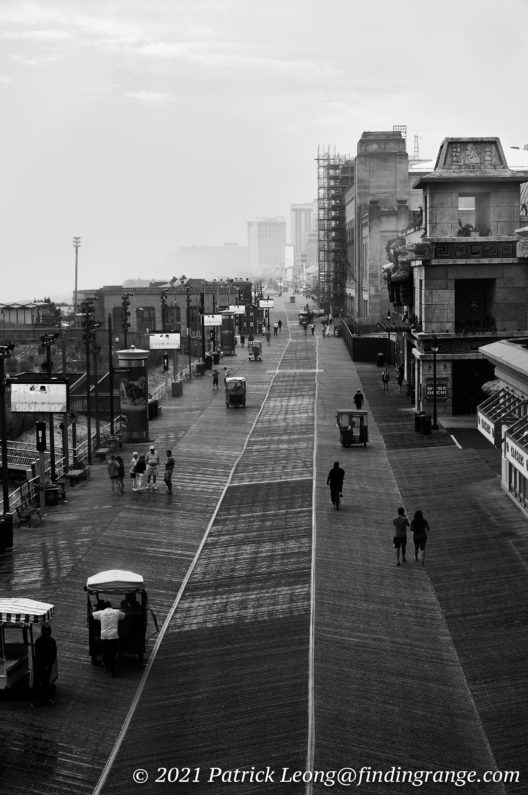
↑ This was shot out of a very dirty window. I had to take several shots because I kept getting smudges from the window. The setting here were 200 ISO, and f7.1. The focal length used was 60.8mm.

↑ I took this in Chinatown with 640 ISO and the 29.5mm focal length. I used f8.
Sharpness is excellent overall. As I mentioned earlier, I was testing the 24-70mm f2.8 DG DN Art lens with the S1 and the fp L. The fp L, as some of you know, has a 61 megapixel sensor in it. I was very impressed with the results. At wide open aperture, the images are tack sharp in the center with a slight bit of corner softness, which isn’t out of the ordinary. As you stop down to just f4, sharpness improves overall. I would say if you’re after optimum sharpness, you should be around f8 but we’re talking about pixel peeping here. A lens this good can definitely be used throughout its aperture range with no problems at all. I surely did and loved the results.

↑ This was taken with 100 ISO and f4. The focal length I used was 46.1mm.

↑ Here’s a 100% crop of the photo above.

↑ This was taken using the 57.9mm focal length. The settings were f11 and 500 ISO. I was walking around the Lower East Side at the time.
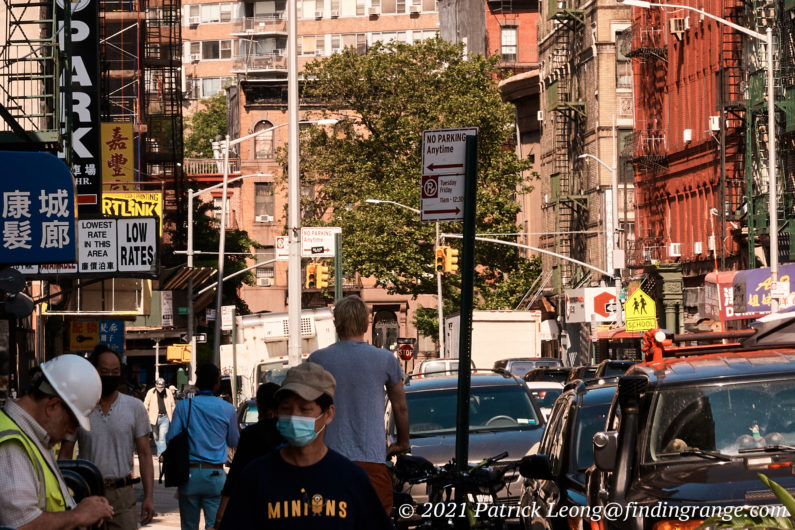
↑ Here’s a 100% crop of the photo above. As you can see by enlarging the image, the NO PARKING sign is extremely sharp.
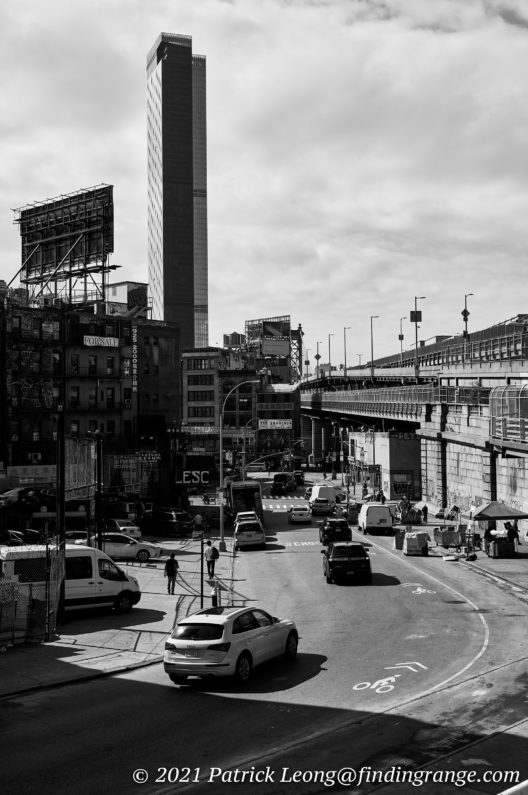
↑ This was taken in Chinatown using the 43.6mm focal length, and 125 ISO. f8 was used, and it was converted to black and white in Capture One.

↑ Here’s a 100% crop of the photo above. As you can see, you can clearly read the sign that says Today’s Bus.
Other characteristics of this lens include good contrast and color rendering. There’s really nice depth in the images as well. In other words, there’s that pop we all love from good lenses. There is a little distortion, and also some vignetting at f2.8 but nothing that is alarming in any way or unexpected. Once you stop down to just f4, the vignetting is reduce significantly. As for flare, the 24-70mm uses Super Multi-Later Coating and Nano Porous Coating, which help reduce it, and ghosting even in backlit conditions. The coatings seemed to work because I didn’t experience any issues with flare under normal usage (meaning not purposely trying to flare it). The quality of the images, especially when it’s used with the fp L are phenomenal overall.

↑ This was taken with the 70mm focal length around the Lower East Side of Manhattan. I used f8 and 320 ISO.

↑ This was taken on a very hot day (actually, all the days have been very hot and humid it feels like) using the 28.6mm focal length and f8. I used 500 ISO as well.

↑ I was at Atlantic City one night, and took this photo. It was taken with the 52.7mm focal length using f4. I used 100 ISO.
Sigma 24-70mm f2.8 DG DN Art Lens Bokeh:
Moreover, thanks in part to the 11 rounded blade diaphragm, the bokeh from the 24-70mm f2.8 DG DN Art lens is buttery smooth and inviting. I was actually pleasantly surprised because I guess I wasn’t expecting such great results from a zoom of this focal length range. It’s nothing against Sigma; I just normally don’t grab zooms for bokeh shots but this one really has a nice rendering. Bokeh is a personal preference, of course, but I feel it’s quite good coming from this lens. Then again, I’ve always been a big fan of Sigma lenses when it comes to bokeh.

↑ Here’s a photo taken with 100 ISO and f2.8. I used the 67.6mm focal length.

↑ Here’s a 100% crop of the photo above. As you can see, it is very sharp at f2.8.
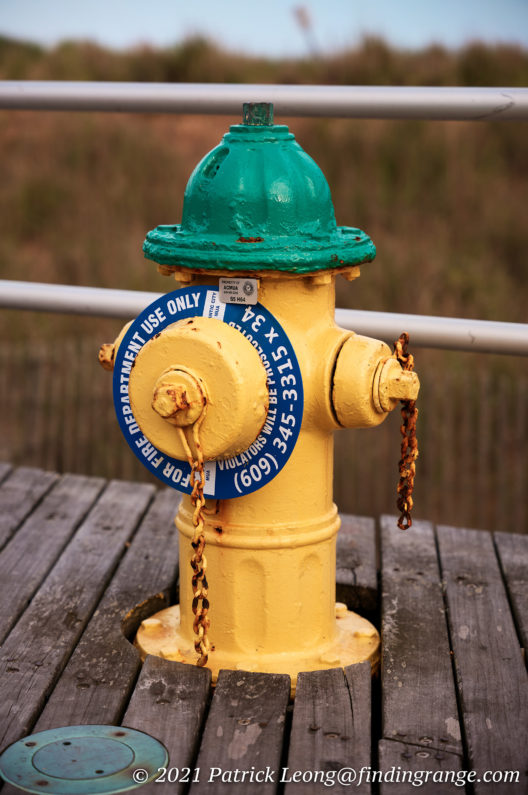
↑ Here’s a photo taken at f2.8 using the 70mm focal length. I used 100 ISO. As you can see, the bokeh is very smooth and creamy.
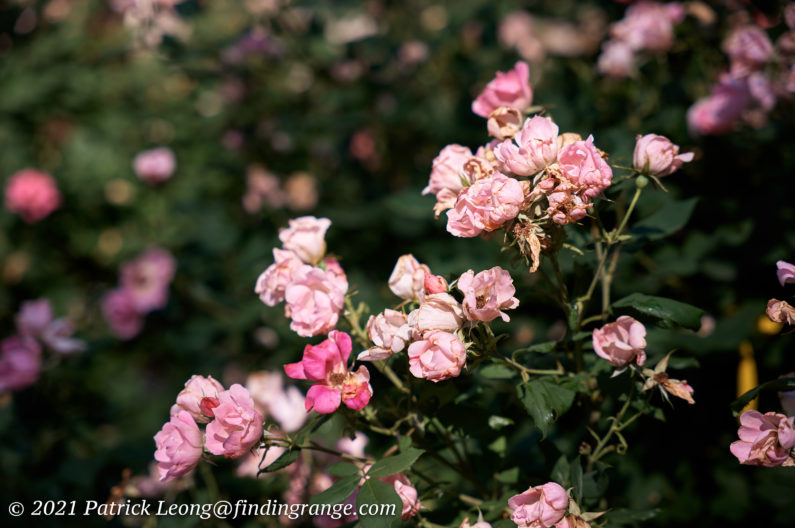
↑ Here’s another photo taken at f2.8. I used the 70mm focal length and 100 ISO.

↑ Here’s one more taken at f2.8 from a farther distance. I used 100 ISo and 70mm.
Pros And Cons:
Pros:
- Well-built lens.
- Specifically designed for mirrorless.
- Weather and dust sealing.
- Great autofocus.
- Great close up focusing capabilities.
- Excellent image quality.
- Nice bokeh.
- Priced very competitively.
Cons:
- A little distortion.
- A little vignetting wide open.
Sigma 24-70mm f2.8 DG DN Art Lens Verdict:
Overall, the 24-70mm f2.8 DG DN Art lens is another great lens from Sigma, especially for L mount. The build, the autofocus, and the image quality make it a truly great option for someone looking for a lens of this focal length range, especially when you factor in the price. Right now, the 24-70mm f2.8 currently retails for just $1,099. I realize this still isn’t dirt cheap but then again, this is a great lens. Plus, take a look at the price for some of the other L mount choices: the Leica Vario-Elmarit-SL 24-70mm f2.8 ASPH retails for $2,795, while the Panasonic LUMIX S Pro 24-70mm f2.8 retails for $2,197.99. Sigma really has an offering here that, in my opinion, is quite competitive. You have a pro lens that is essentially more than $1,000 off some of its competitors.
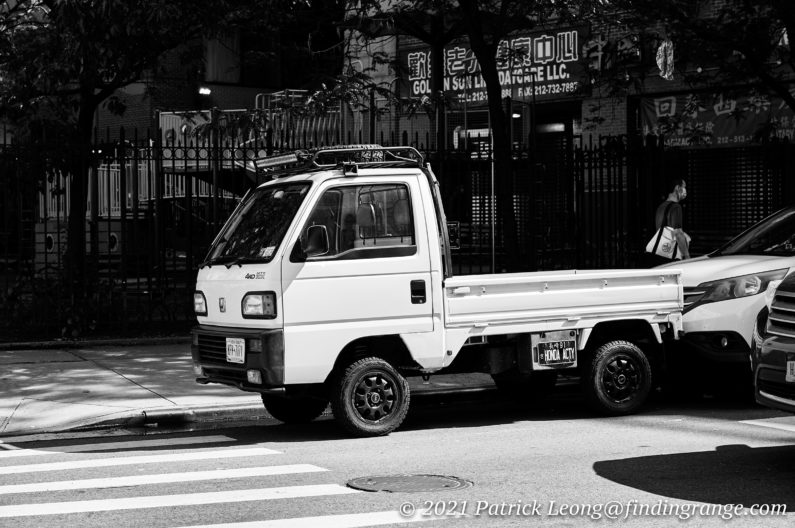
↑ I thought this truck was kind of cool. This was taken with the 70mm focal length and f5.6. I used 640 ISO.
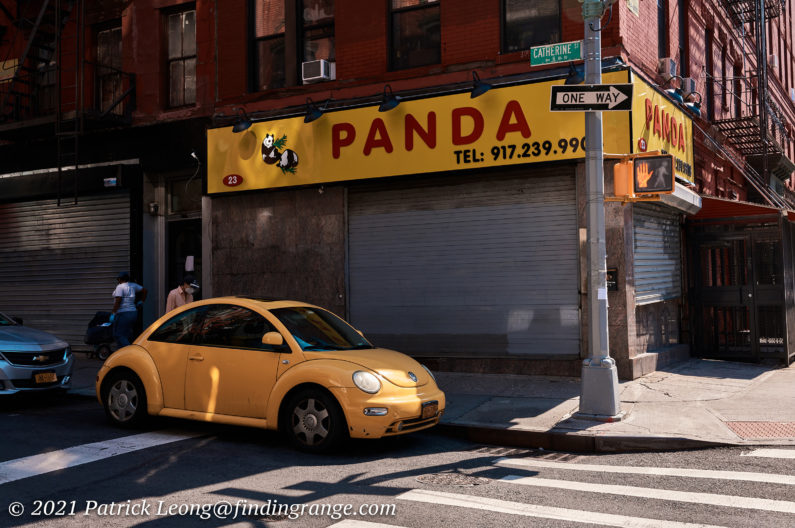
↑ Yellow sign and yellow Beetle. This was taken with the 36mm focal length and 1000 ISO. I used f8.
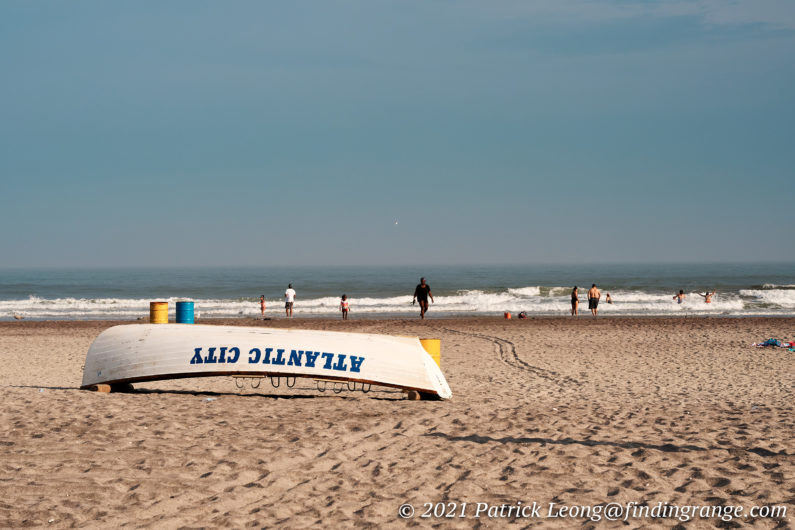
↑ Here’s one taken with the 70mm focal length. The settings were 100 ISO and f8.
There is an option that is closer, at least in terms of price, which is actually Sigma’s own 28-70mm f2.8 DG DN Contemporary lens. It retails for just $899. As I mentioned earlier, it’s a great lens as well (review here). That’s something else to consider, if you don’t mind losing a little width in your zoom for something that is more compact and lighter in weight.
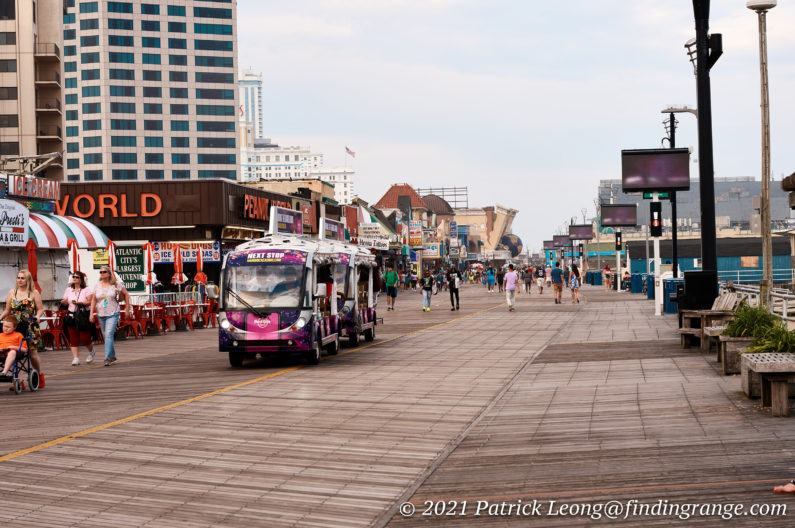
↑ This photo was taken with the 70mm focal length. I used 200 ISO and f8.

↑ This was taken using the 29.2mm focal length. The settings were 100 ISO and f8.
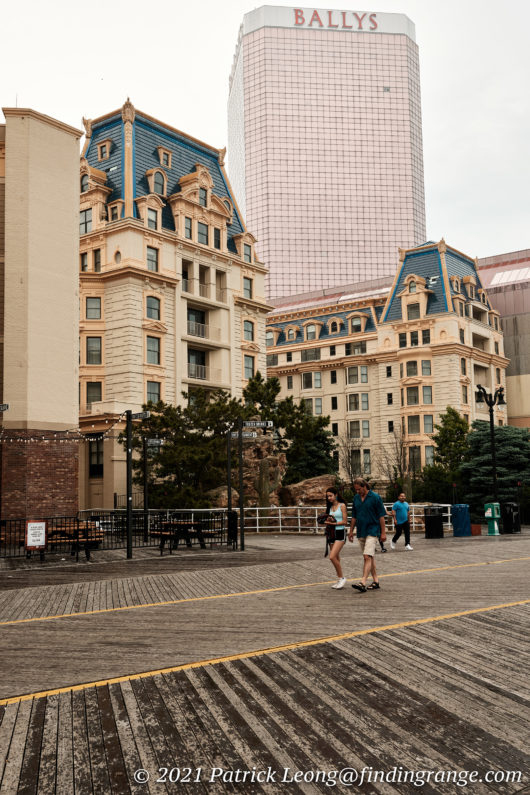
↑ Here’s one taken using the 32.8mm focal length. The settings were f8 and 200 ISO.
However, if you want a true 24-70mm from the Sigma Art line of lenses, this is it. The Sigma 24-70mm f2.8 is highly competent, and it will handle whatever you throw at it all while producing pro quality results as expected from a lens in the Art line. It’s a truly excellent addition to the L Mount Alliance, and one that I highly recommend to anyone looking for a zoom in this range. You really can’t go wrong here.
Thanks for taking the time to read my review! If you’re considering purchasing the Sigma 24-70mm f2.8, and my review helped you decide, please help support this site by purchasing from the links below or any mentioned in this review. It will not cost you anything extra. Thank you for your support!

